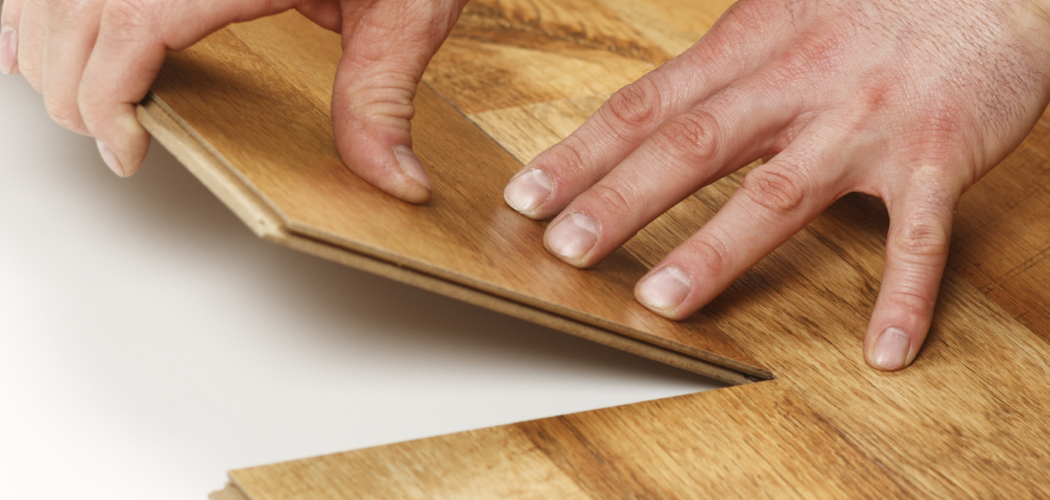Transforming your porch into a welcoming oasis starts from the ground up, and installing the right flooring is a key step in this process. Whether you’re renovating an existing porch or building a new one, choosing the appropriate porch flooring can enhance both aesthetics and durability. In this comprehensive guide, we will walk you through how to install porch flooring, covering everything from material selection to the nitty-gritty details of the installation process.
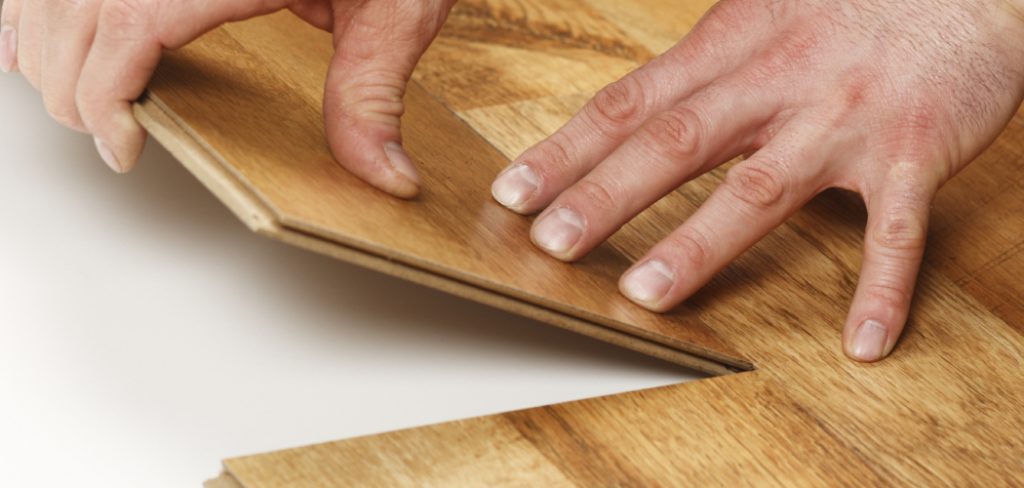
From classic wood options to modern composite materials, the variety of choices can be overwhelming, but fear not – we’ll help you navigate the pros and cons of each. By the end of this guide, you’ll be equipped with the knowledge and confidence to embark on your porch flooring project, ensuring a beautiful, long-lasting foundation for countless moments of relaxation and enjoyment. Let’s dive into the world of porch flooring and turn your outdoor space into a stylish and functional retreat.
Importance of Porch Flooring in Enhancing the Aesthetic and Durability of Your Porch
Porch flooring is an essential component of any porch design, whether it’s a wrap-around, screened-in, or open porch. Often overlooked, the type and quality of porch flooring can significantly impact the overall look and longevity of your porch.
In addition to being aesthetically pleasing, porch flooring plays a crucial role in protecting the structure from weather elements, foot traffic, and wear and tear. It provides a sturdy and stable foundation for your porch, making it safe for you and your family to enjoy.
There are various materials available in the market for porch flooring, including wood, composite, vinyl, and stone. Each of these options has its unique qualities that cater to different design preferences and practical needs.
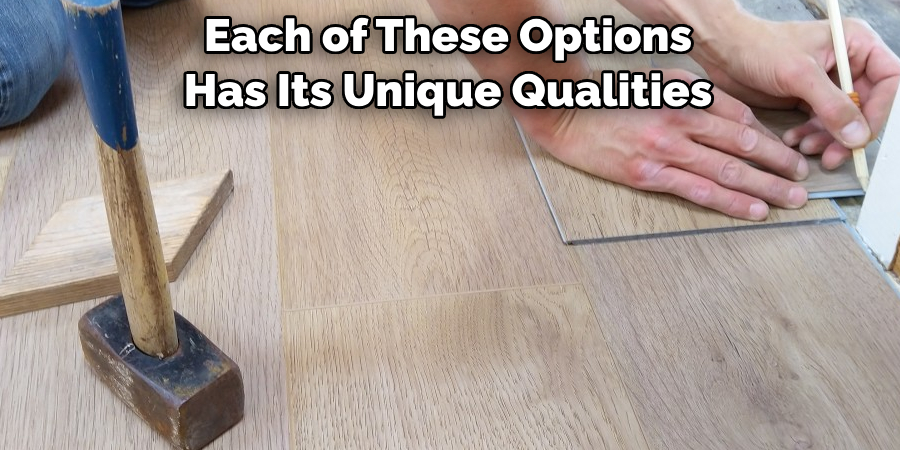
Wooden porch flooring is a classic and popular choice among homeowners. It adds warmth and character to the porch, giving it a traditional and inviting feel. However, wood requires regular maintenance and may not be suitable for areas with high humidity or extreme weather conditions.
Composite porch flooring, on the other hand, offers the look of wood without the high maintenance. Made from a combination of wood fibers and plastic, composite is highly durable and resistant to rot, insects, and moisture. It also comes in various colors and finishes, giving you more design flexibility.
Vinyl porch flooring is another low-maintenance option that mimics the look of wood or stone. It’s easy to clean and maintain, making it ideal for high traffic areas. Vinyl is also slip-resistant, making it a safe choice for outdoor spaces.
10 Methods How to Install Porch Flooring
1. Nailing
Nailing is one of the most common methods used to install porch flooring. This method involves driving nails through the tongue and groove boards that make up the porch flooring. The nails should be driven into the joists or support beams beneath the flooring, ensuring a secure installation. If you are using hardwood flooring, it is important to pre-drill holes for each nail in order to prevent splitting of the wood.
2. Glue Down Method
The glue down method involves applying an adhesive to the subfloor before laying down your porch flooring boards. This method ensures that your boards will stay securely in place and will not move over time. It is important to use an appropriate adhesive for your particular type of flooring, as some types of glue may not work with certain materials.
3. Floating Floor System
A floating floor system is another popular method for installing porch flooring. This system involves laying down a layer of foam padding before placing your boards on top of it and then securing them together with tongue and groove joints or other fasteners such as screws or nails. The entire system rests on top of the subfloor without being secured to it, creating a “floating” effect that allows for some movement between boards if necessary due to expansion or contraction caused by changes in temperature or humidity levels.
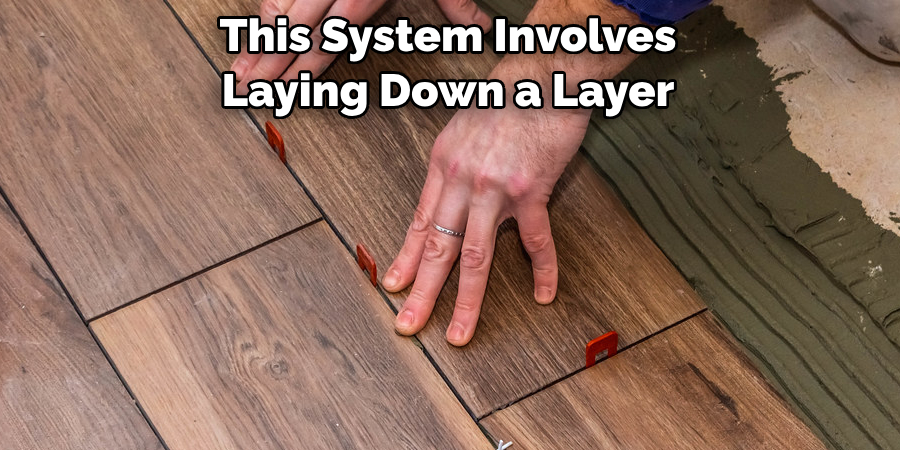
4. Screws
Screws are another popular method used when installing porch flooring, especially if you are using composite material such as plastic lumber or vinyl deck tiles which do not require nailing or gluing down like traditional wood planks would need to be installed with those methods mentioned above. When using screws, it is important to predrill holes first in order to avoid splitting the material when driving in each screw head.
5. Interlocking Tiles
Interlocking tiles are a great way to quickly and easily install porch flooring without having to use any fasteners at all! These tiles come pre-assembled with interlocking tabs that simply snap together over any flat surface, making them perfect for porches where you don’t want visible fasteners showing on your finished product. They also come in a variety of colors and styles so you can customize your look as well!
6. Staple Gun
Staple guns can also be used when installing porch flooring if you have access to an air compressor and stapler gun combination tool set up (or just a regular stapler gun). This method involves using staples instead of nails or screws and requires less time than nailing or screwing each board into place individually by hand, although it does require more skill since you have less control over where each staple goes compared with manually driving nails into place one by one from below the surface level of the boards themselves (as with nailing).
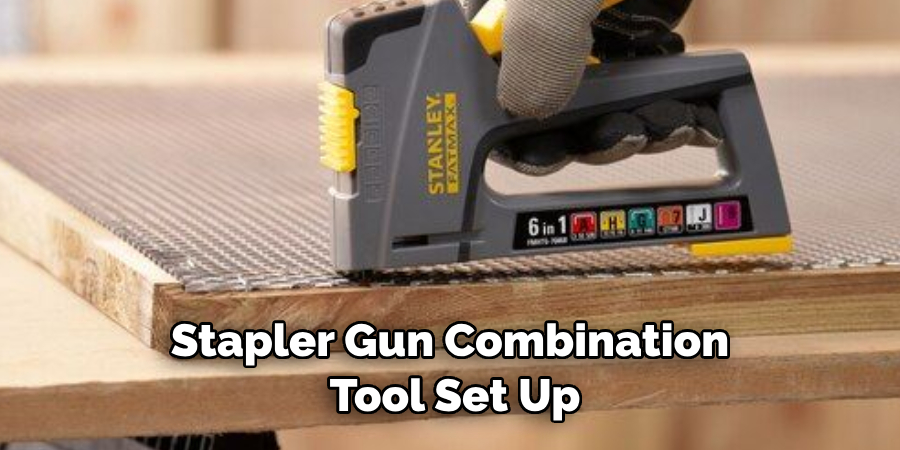
7. Epoxy Resin Adhesive
Epoxy resin adhesive is another option for installing porch flooring if you want something that will provide an incredibly strong bond between two surfaces without having to rely on fasteners such as nails or screws (which could potentially loosen over time due to environmental factors). This type of adhesive sets quickly once applied so you don’t have much time for repositioning pieces before they become permanently bonded together – so make sure everything is lined up correctly beforehand!
8. Flange System
A flange system is another great option when installing porch flooring because it provides an incredibly secure connection between two pieces without having to rely on any sort of fastener at all! A flange system consists of two metal plates that sandwich around both pieces being connected – one plate has small teeth that grip onto one side while the other plate has larger teeth that grip onto the other side – creating an incredibly strong bond between two pieces without having any exposed hardware showing after installation has been completed!
9. Metal Joist Hangers
Metal joist hangers are an excellent choice when installing porch flooring because they provide additional support beyond what can be achieved with just fasteners alone – this helps ensure that your new deck won’t warp or sag over time due to excessive weight loads placed upon it from things like furniture or people walking across its surface regularly! Joist hangers should be installed along every joist beneath your new deck before beginning the installation process itself, so make sure these are taken care of first before starting anything else!
10. Pressure Treated Lumber
Pressure-treated lumber is often used when building decks because it offers superior protection against rot, decay, and insects compared with untreated wood options – plus, it can last much longer, too! Pressure-treated lumber should always be used when constructing any outdoor structure, such as porches, since these areas are constantly exposed to moisture which can quickly cause regular wood materials to deteriorate over time.
Things to Consider When Installing Porch Flooring
When it comes to installing porch flooring, there are a few things that every homeowner should consider. The type of material you choose for your porch flooring can greatly impact the overall look and durability of your porch. Some materials may require special tools or techniques for installation, while others may be more straightforward.
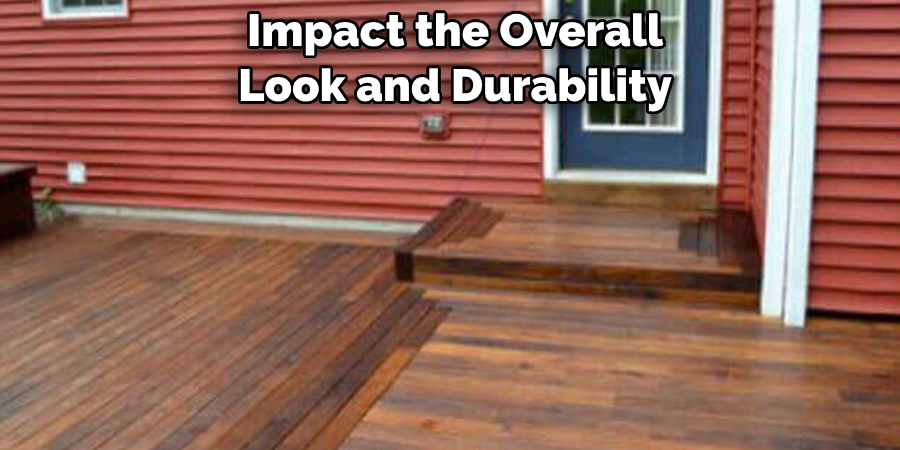
Before starting any project, it is important to research and understand the different types of porch flooring materials available, as well as their pros and cons. This will help you make an informed decision on which material is best suited for your porch.
Additionally, it is crucial to properly prepare the surface where the flooring will be installed. The subfloor must be level, clean, and free of any debris or moisture to ensure a smooth and long-lasting installation. Failure to properly prepare the surface may result in uneven or damaged flooring.
Another factor to consider is the climate and weather conditions of your location. Some materials may be better suited for certain climates, such as tropical hardwoods for areas with high humidity and moisture.
Conclusion
To conclude, porch flooring is a great addition to any home. It can help spruce up your outdoor area while providing a comfortable place for you and your family to enjoy. Installing porch flooring might cost a bit of money, but the results are definitely worth it! Doing the job yourself is easy, and there are countless available tutorials that go into detail on how to install porch flooring step by step.
With an understanding of these tools and techniques, you can easily have a beautiful outdoor area in no time at all. Before starting this project, make sure that you understand that safety should always be your number one priority—follow all safety precautions, including having reliable tools and materials, wearing adequate protective gear, and being aware of power lines or other potential hazards in the area.
